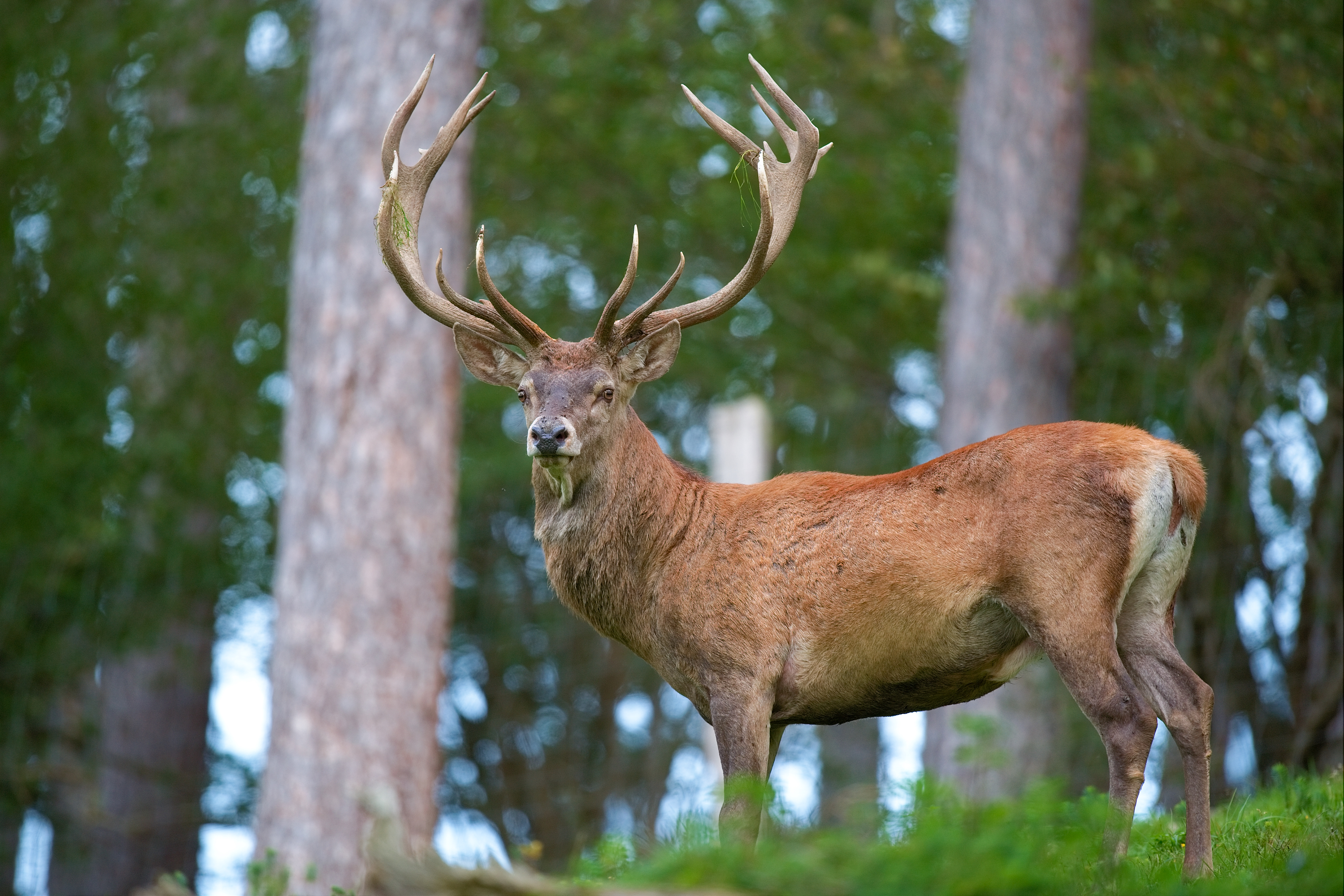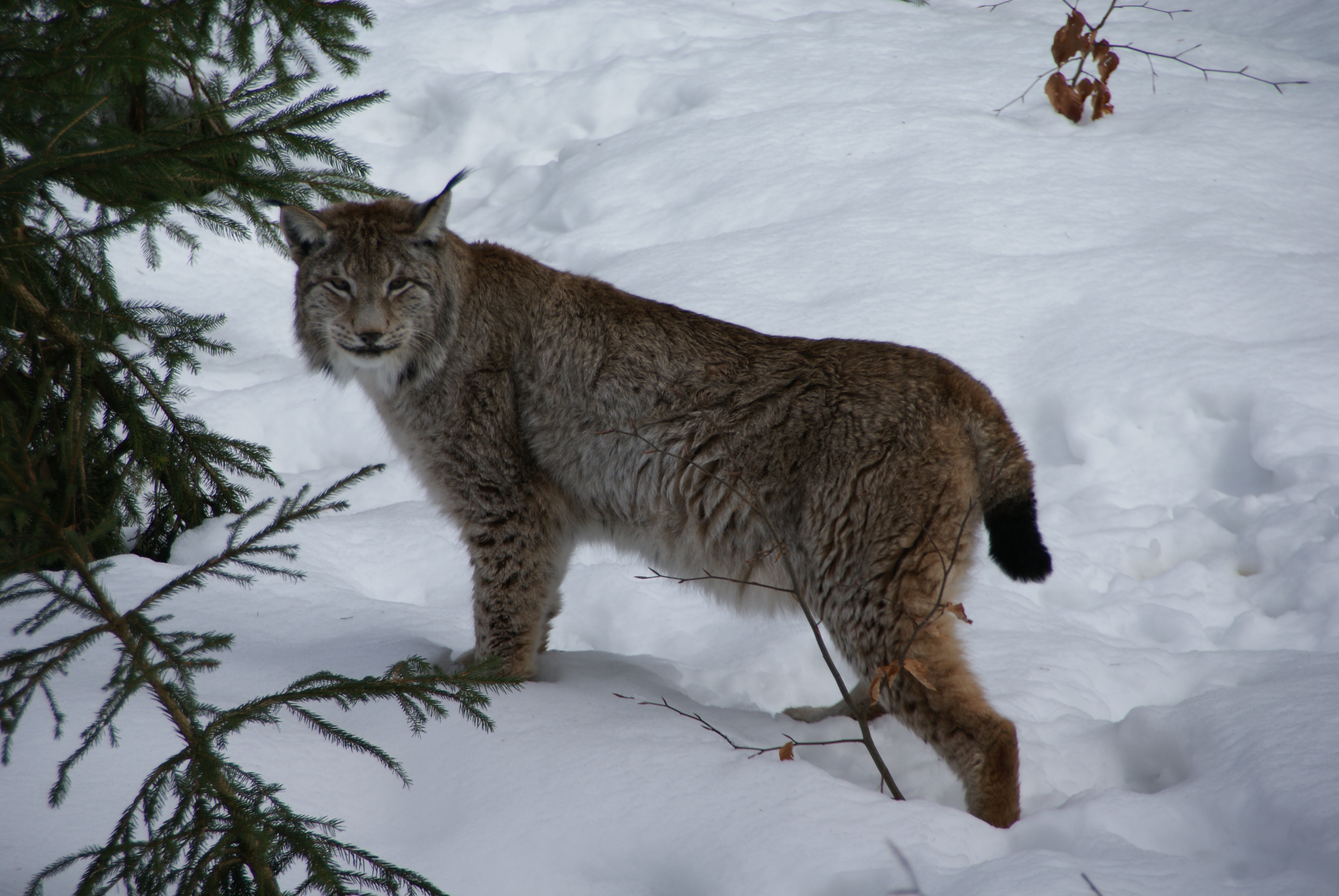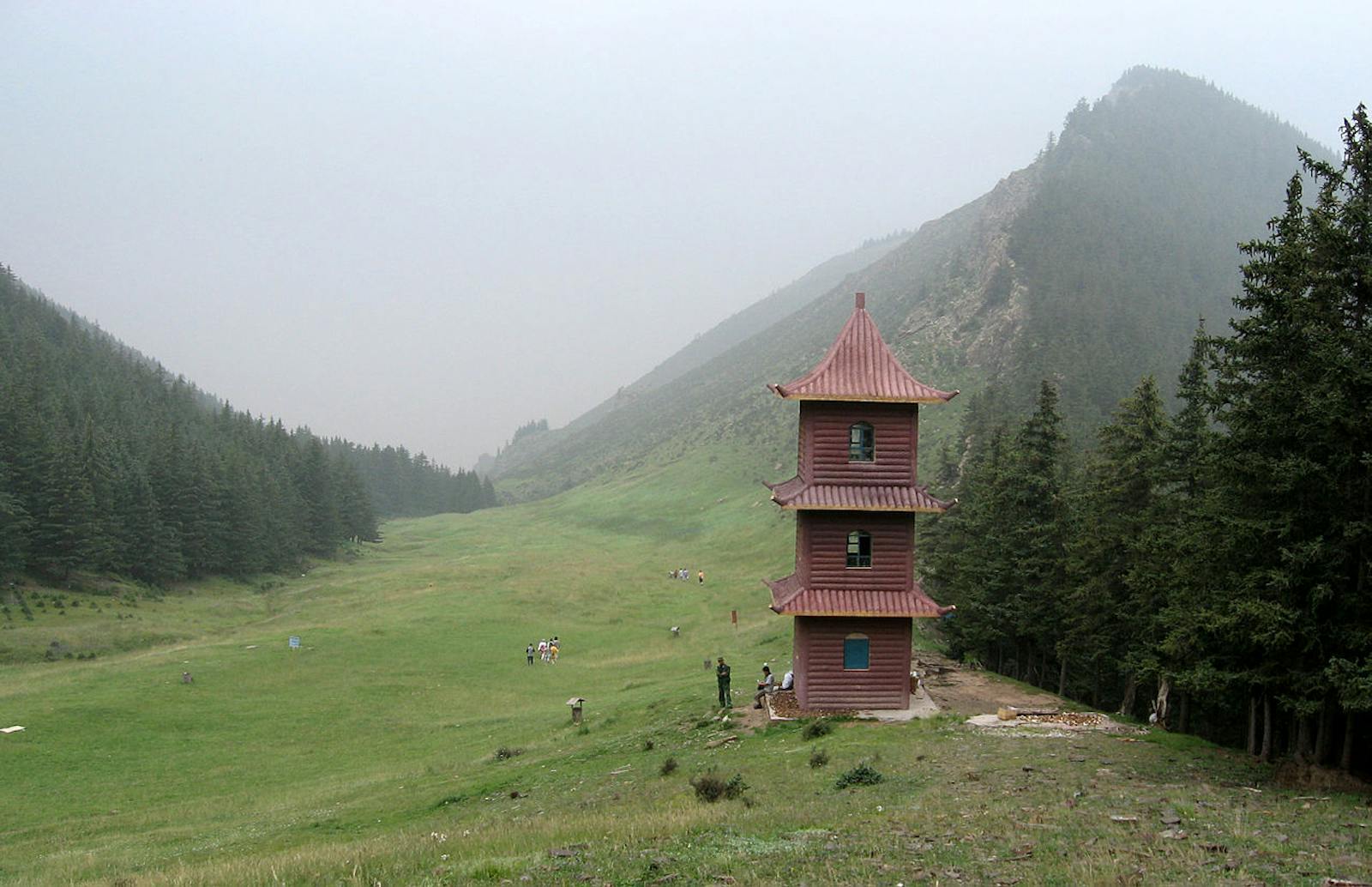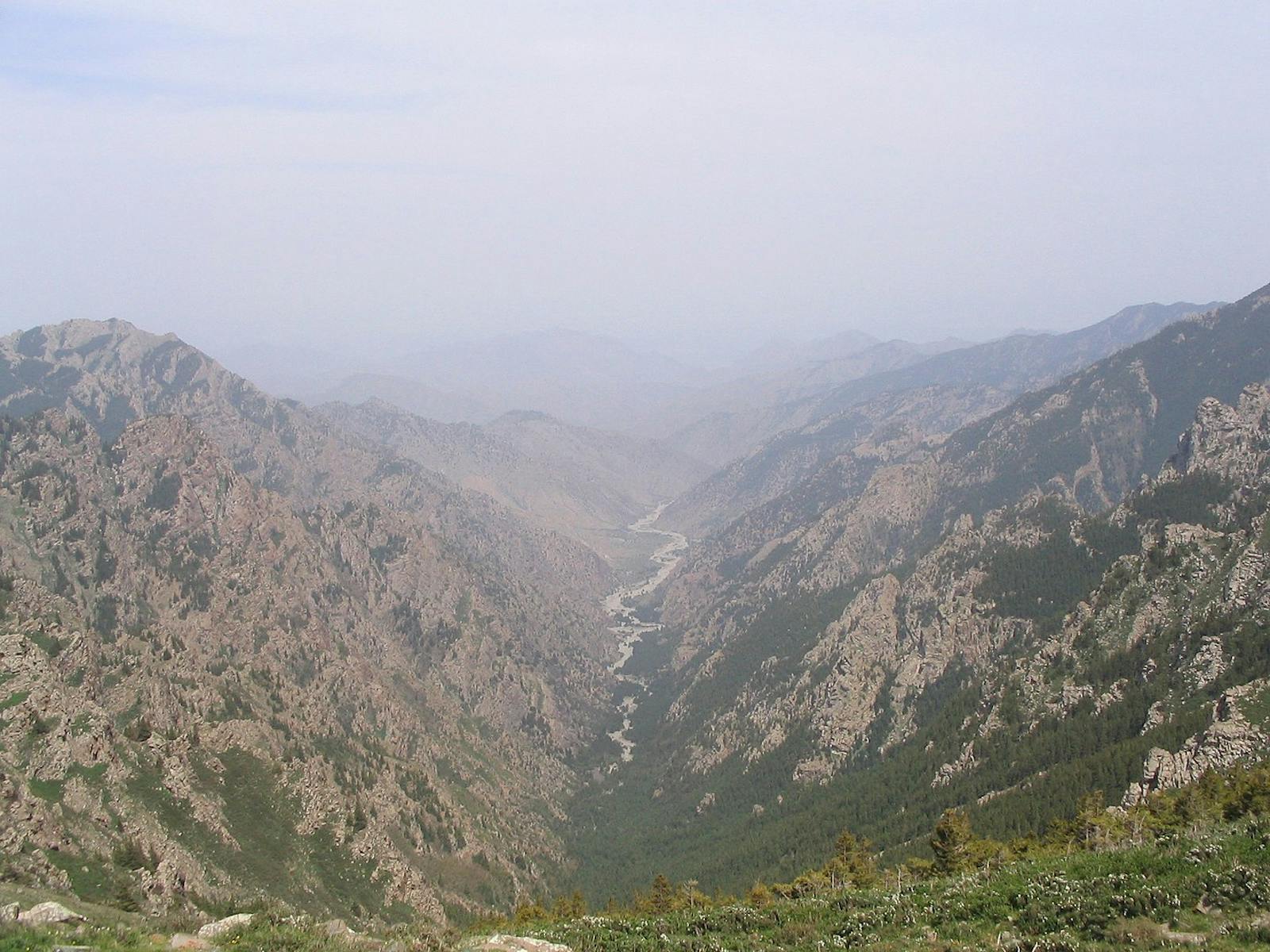Helanshan Montane Conifer Forests
The ecoregion’s land area is provided in units of 1,000 hectares. The conservation target is the Global Safety Net (GSN1) area for the given ecoregion. The protection level indicates the percentage of the GSN goal that is currently protected on a scale of 0-10. N/A means data is not available at this time.
Bioregion: Ordos Plateau Steppe & Mountain Conifer Forests (PA42)
Realm: Eastern Eurasia
Ecoregion Size (1000 ha):
2,474
Ecoregion ID:
696
Conservation Target:
24%
Protection Level:
9
States: China
The Helanshan mountain range projects northward for about 180 km from the Tibet-Qinghai Plateau in China. Its summits, glaciated during the Pleistocene Ice Ages, exceed 3,500 m elevation and represent a virtual island in the sky with isolated populations of wild plants and animals, some of which may be genetically distinct. For example, the endangered Silver pika, in the genus of small, short-eared rabbits, is globally restricted to ridge top habitat at the crest of the Helanshan range.
_1_Patrick%20Diez%20via%20Wikimedia%20.JPG)
The flagship species of the Helanshan Montane Conifer Forests ecoregion is the silver pika. Image credit: Patrick Diez, Creative Commons
The conifer forests that characterize this ecoregion occur mainly above 2,000 m elevation. Here Qinghai spruce and dragon spruce dominate northern exposures, while pasture is more abundant on south-facing slopes. Protected today, spruce forests are recovering from extensive logging in the late 20th Century. Deciduous broadleaf trees like birch and poplar may co-occur with spruce in the lower part of its range.
Today the Helanshan is flanked east and west by plateau country that is too dry to support forest vegetation, except along the riparian corridor of the Yellow River that runs to the east of the range. However, the remarkable floristic similarity between montane forests of the Helanshan and low elevation forests much farther north in Mongolia suggests that the desert treeline was at least 1,000 m lower during the Pleistocene Ice Ages, so that the spruce forest ecosystem blanketed what is now desert habitat. Holocene warming has rendered montane habitat in the Helanshan disjunct from the circumpolar region.

Red deer. Image credit: Creative Commons
Lower slopes support shrubby Siberian elm Ulmus pumila along intermittent watercourses. The legume Ammopiptanthus is ecologically significant to deserts at the foot of the range because it is the only evergreen broadleaf shrub to grow in the cold deserts of northwest China. The relict of a warmer time in Earth’s history, it plays a role today in stabilizing the desert sands. Rigid juniper co-occurs with drought-adapted scrub vegetation on foothill slopes.
Altogether, 788 plant species are recorded from the Helanshan, 54 of which are regional endemics. Habitats at 1,700-2,000 m elevation have the most plant species because they include taxa typical of the lower elevation deciduous broadleaf forests and the higher elevation conifer forests.5 Surveys show that low elevation endemic plant species are older and derive from desert ancestors, while those at high elevation became genetically distinct more recently.
In 2013, a young male snow leopard was captured and released by livestock herders, the first reported here for more than 30 years. This significant finding establishes the Helanshan as a possible stepping stone for snow leopard connectivity between Mongolia and the Tibet Plateau. Indeed, the range appears well-suited for snow leopard, as surveys published in 2012 record 10,000 blue sheep, the primary snow leopard prey species, within the 1,570 km2 Helanshan Nature Reserve.

Lynx. Image credit: Creative Commons
Other rare mammals reported from the Helanshan include argali, the largest wild sheep, and the elk-sized red deer. Wolf, black bear, brown bear, and lynx may occur here, and some of the other Central Asian hoofed mammals as well, but species lists are not yet authoritative. Recent studies looking at genetic evidence suggested that the blue sheep population in the Helanshan range may be a distinct subspecies—Helan Shan bharal; confirmation awaits.
Birds of conservation significance include blue eared-pheasant, a species restricted to mountains and deserts at the eastern margin of the Tibet-Qinghai Plateau. Black stork are reported from the Helan Shan Nature Reserve, and great bustard is a vulnerable passage migrant that visits lower elevation parts of this ecoregion.
As a ‘sky island’ of mountains surrounded by desert, this ecoregion is expected to be threatened by climate change. Species adapted to the current climate conditions cannot shift to higher elevation as temperature rises. This region of China is also a blooming wine industry center, and viticulture has been encroaching on the nature reserve. Several farms have been asked to relocate because of this.
The priority conservation actions for the next decade are to: 1) control poaching; 2) research and monitor the status of the Helanshan pika and snow leopard population; and 3) monitor effects of climate change to the ecoregion and design mitigation and adaptation plans.
Citations
- Carpenter, 2000. Helanshan montane conifer forests. https://www.worldwildlife.org/ecoregions/pa0508. Accessed April 2019.
- Jiang, Y., Kang, M., Zhu, Y., Xu, G. 2007. Plant biodiversity patterns on Helan Mountain, China. Acta Oecologica 32(2): 125-33.
- Zhang, M., Wang, X., Ding, Y., Zhang, Z., Wang, Z., Li, Z., Hu, T., Ma, B. 2012. Population dynamics of blue sheep Pseudois nayaur in Ningxia Helan Mountain National Nature Reserve, China. Folia Zoologica 61(2): 121-8.




